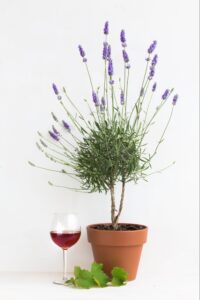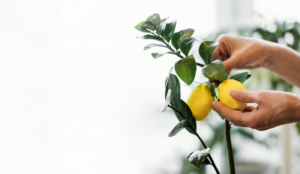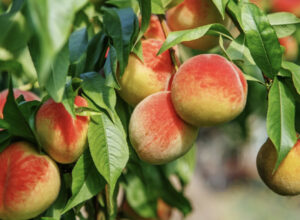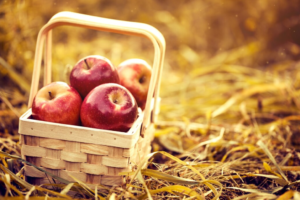The Ultimate Banana Tree Care Manual
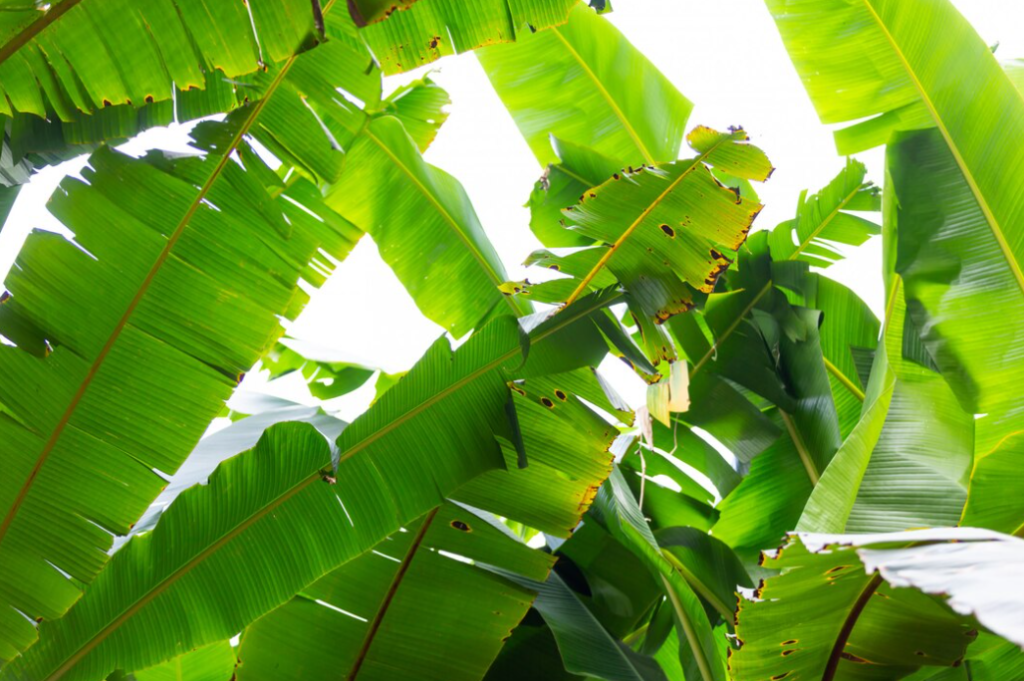
Planting fruit-bearing trees extends beyond apples, pears, or cherries. Growing a fruiting banana plant is a possibility, but it requires some effort. Both intermediate gardeners and beginners seeking a rewarding challenge can delve into the art of caring for a banana plant.
There exists a diverse array of approximately 70 banana tree species, most of which thrive in outdoor settings, with some reaching impressive heights of 12 to 20 feet. To make an informed choice, research the various varieties to select the ideal banana tree species suitable for your USDA Hardiness Zone and available space, whether you prefer a fruit-bearing or ornamental banana leaf plant.
| Common Names | Banana tree, plantain tree |
| Botanical Name | Musa spp. |
| Family | Musaceae |
| Plant Type | Herbaceous, perennial |
| Mature Size | 2–30 ft. tall, 1–15 ft. wide (varies widely by species) |
| Sun Exposure | Full |
| Soil Type | Loamy, well-drained |
| Soil pH | Acidic |
| Bloom Time | Spring |
| Flower Color | White, purple, orange |
| Hardiness Zones | 9–11 (USDA) |
| Native Area | Asia, Africa, Australia |
Whether you’re a seasoned gardener or a beginner looking for guidance on how to care for a banana tree, this comprehensive guide will take you through the essential steps to ensure your banana trees thrive and produce bountiful fruit.
Varieties of Banana Trees
The world of banana trees encompasses a diverse array of approximately 70 species and a multitude of distinctive varieties, including:
- Musa acuminata: Typically attaining heights between 12 to 20 feet, this species is prized for its captivating ornamental leaves, characterized by paddle-shaped foliage measuring around 6 to 10 inches in length.
- Musa ornata: Often recognized as the flowering banana tree, this species is primarily cultivated for its ornamental allure. While it bears small fruit, it is not typically consumed.
- Musa basjoo: Commonly known as the Japanese banana, this variety exhibits a commendable resistance to colder temperatures and typically reaches heights ranging from 6 to 14 feet.
Banana Plant Structure
The banana plant offers a tropical escape with its robust trunk crowned by flat, delicate leaves. Its trunk has the unique feature of shedding bark, lending it an appearance reminiscent of palm trees and other species found in warm climates.
Banana plant leaves can grow to exceed one foot in length and possess a delicate nature, making them prone to tearing. These fluttering leaves exhibit a rich, uninterrupted green hue without any variegation or intricate leaf patterns. Some leaves point straight upward, while others gracefully extend to the sides.
While many banana plants bear fruit, the flavor often differs from the bananas commonly found in grocery stores. Many of these banana leaf plants yield plantains, which are starchy fruits resembling bananas. Unlike bananas, plantains are best enjoyed when fully cooked. Originating from Southeast Asia, they hold a significant place in global cuisines.
Banana Tree Care Tips
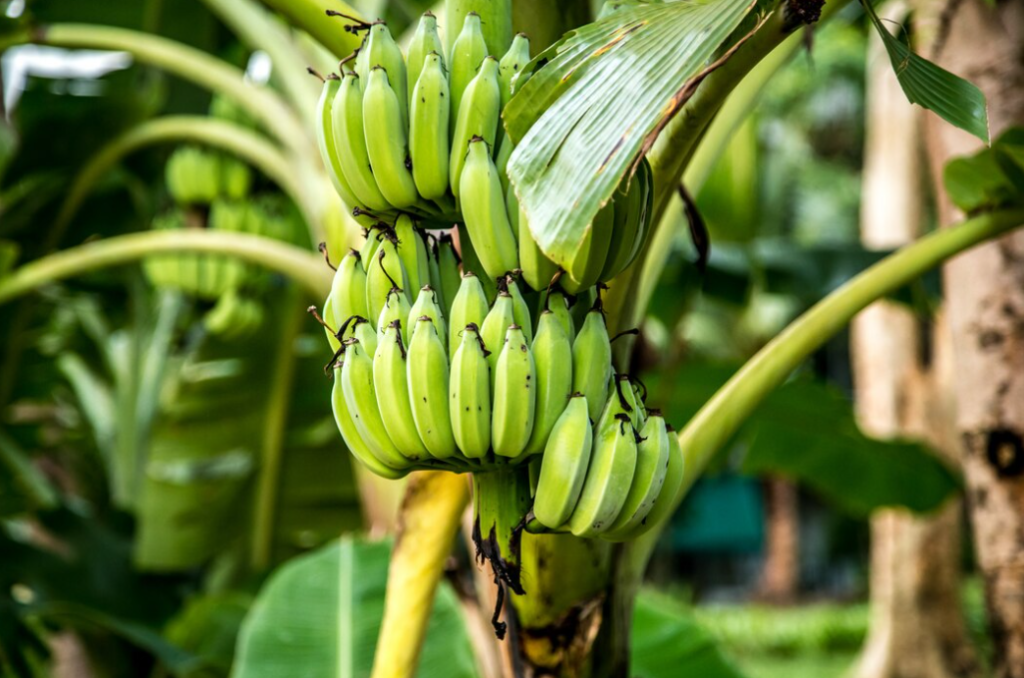
While many banana tree species thrive in warm climates, there are also some cold-hardy varieties for those in less tropical regions. Ensuring the well-being of your banana tree starts with how to take care of a banana tree and selecting the right planting location when you decide to grow it outdoors. The key to easy care lies in this initial choice. Opt for a site that offers shelter from strong winds, as banana trees are highly vulnerable to leaf damage when exposed to harsh gusts. Before planting, enhance the soil by incorporating fresh compost into the earth, providing your banana tree with a nutrient-rich foundation. Additionally, ensure you allocate sufficient space, considering the eventual height and spread of your specific banana tree species.
Throughout the growing season, which typically spans from spring to fall, banana trees exhibit a strong affinity for water. Regular and often daily watering may be necessary, particularly during hot weather, to maintain optimal soil moisture levels. Alongside adequate hydration, these plants require periodic fertilization to support their growth during this period. In late summer, bananas begin to form in clusters referred to as “hands.” Once the fruit reaches a green, plump stage, it can be carefully cut from the stalk and placed in a cool, dry environment to complete the ripening process.
Caring for banana trees demands attention to these essential aspects, ensuring the successful cultivation of these tropical delights even in less-than-ideal climates.
- Light: Many varieties of banana plants thrive in full sun conditions, requiring a minimum of six hours of direct sunlight daily. However, it’s essential to note that certain types are sensitive to excessive sunlight and may fare better in partial shade.
- Soil: Banana plants flourish in organically rich, well-draining soil with a slightly acidic pH. They tend to be intolerant of salt in the soil composition.
- Water: Originating from tropical rainforests, banana trees have a high demand for water and atmospheric moisture. Planting them in close proximity to one another helps retain leaf moisture. Regular watering is necessary to maintain consistently moist soil, avoiding excessive saturation that can lead to root rot.
- Temperature and Humidity: Banana plants thrive in warm, humid environments but are averse to temperature extremes. Even cold-tolerant banana tree species prefer temperatures ranging from 75 to 95 degrees Fahrenheit for sustained growth. Exposure to cold and dry conditions can result in rapid decline. Elevating humidity levels can be achieved by daily leaf misting.
- Fertilizer: Banana trees are heavy consumers of nutrients. Periodic application of a balanced fertilizer during the growing season, in accordance with label instructions, is essential. Additionally, annually amending the soil with compost enriches the organic content, promoting healthy growth.
Pruning Banana Trees for Optimal Growth
To ensure healthy growth and fruit production in banana trees, it’s essential to follow a pruning regimen. Before the banana tree begins to fruit, prune it down to a single main stem. After six to eight months of growth, retain one sucker (a small shoot at the base of the stem), as it will replace the main stem in the upcoming growing season. Once the fruit has been harvested, trim the main stem down to 2.5 feet, and within a few weeks, remove the remaining stem, leaving the replacement sucker undisturbed.
Propagation of Banana Trees
When it comes to propagating banana trees, the most effective method is division. To divide banana plants, separate the suckers from the rhizome (a horizontal underground stem) using a sharp spade. It’s crucial to wait until the suckers are at least 3 feet tall and have developed their own root system before performing this separation. After separating a sucker from the parent plant, allow the surface of the rhizome section to dry for a day or so before replanting it in a suitable location.
Potting and Repotting Banana Trees in Containers
While banana trees can thrive in containers, it’s important to provide them with the right conditions for optimal growth. A minimum pot size of 15 gallons is recommended, along with pots that have drainage holes and a loose, organically rich potting mix. Container-grown banana trees offer the advantage of mobility, allowing you to protect them from cold weather by bringing them indoors. However, they require more frequent watering and feeding due to the limited soil volume. Keep in mind that potted banana trees may not reach their full size and might not bear fruit, but they are often chosen for their lush foliage. Plan to divide and repot container-grown banana trees every three years, separating any suckers from the parent plant during the process.
Banana Tree Pest and Disease Management
Cultivating banana trees demands vigilance to protect them from various pests and diseases that can potentially afflict these tropical delights. Here’s an overview of common banana tree pests:
- Aphid Insects: Aphids can cause foliage to curl and wither. Additionally, they are notorious for transmitting diseases that can affect the fruit.
- Black Weevils: The presence of jelly-like sap oozing from the plant may indicate an infestation of black weevils, which can be effectively controlled using pesticides.
- Nematodes: Among the most prevalent banana tree pests, nematodes have the capacity to cause rot in both the plant and its fruit.
- Sap-Sucking Insects: Banana trees are often susceptible to sap-sucking insects such as small white mealybugs and red spider mites.
- Scarring Beetle: This pest targets fruit clusters and can be managed with appropriate pesticide treatments.
- Tiny Thrips: Thrips can result in staining and splitting of the peel on the plant’s fruit.
In large banana orchards, various diseases are addressed with the use of commercial fungicides and pesticides. However, for those tending to indoor potted banana trees, it’s essential to watch out for issues such as root rot, leaf-spot disease, wilt, and powdery mildew. Vigilance and prompt action can help maintain the health and vitality of your banana trees, whether they thrive outdoors or in pots indoors.
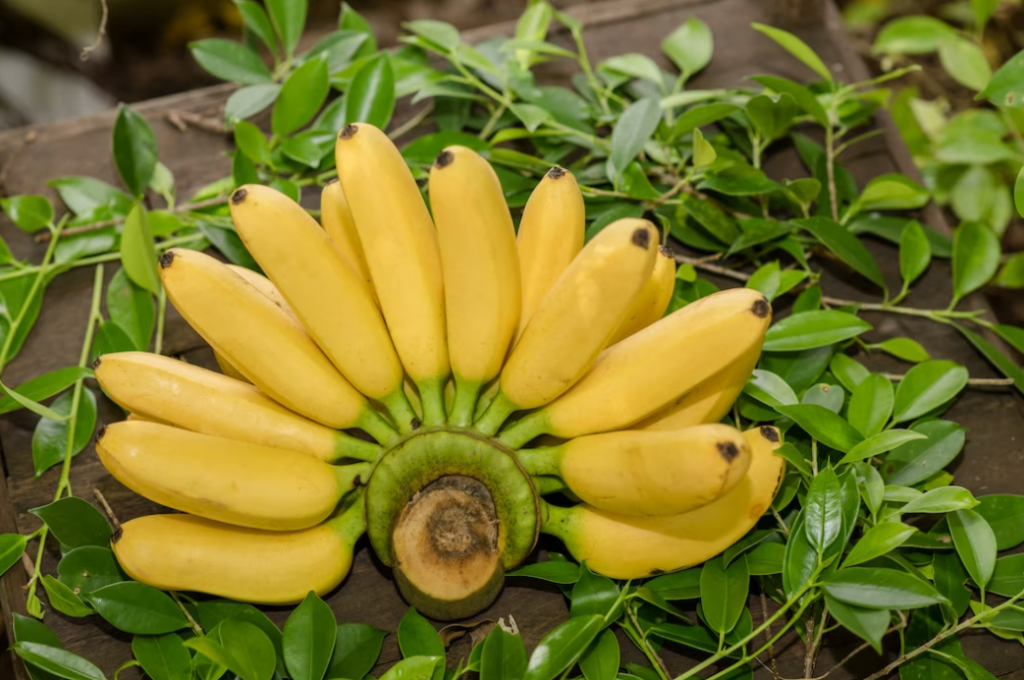
Frequently Asked Questions
Q: Are banana trees low-maintenance?
A: Banana trees are relatively easy to care for when provided with ideal conditions, whether grown indoors or outdoors. Ensuring an adequate supply of water and sufficient light is essential to promote robust growth.
Q: How tall do dwarf banana trees typically grow?
A: Dwarf Cavendish banana trees are a great choice if you prefer a more manageable size. They generally reach a height of 8 to 10 feet, making them a suitable option for smaller spaces.
Q: Can banana trees thrive indoors?
A: Banana trees, akin to papaya plants, can thrive as houseplants. However, it’s important to note that indoor banana trees typically do not bear fruit. Fruit production typically requires tropical outdoor conditions. If you do wish to grow a banana tree indoors, be sure to select a variety that is known for producing edible fruit, as not all banana tree types yield fruit.
Q: Can I grow a banana tree from a banana?
A: While you may encounter small “seeds” in store-bought bananas, it is not possible to grow a banana tree from these seeds. Commercially available bananas are genetically modified to be seedless. If you happen to come across wild bananas with seeds, you may consider attempting to grow a banana tree from those seeds.
Conclusion
Banana plants, renowned for their lush and exotic presence, have the remarkable ability to imbue outdoor landscapes and indoor spaces with an unmistakable tropical charm. The key to their flourishing lies in understanding how to care for banana trees, ensuring they receive the requisite care, such as ample space to thrive, optimal sunlight exposure, and a consistent supply of water. By prioritizing these essential aspects of care, whether you choose to cultivate them indoors or in your outdoor garden, you can revel in the captivating allure and vibrancy these plants bring to your surroundings while creating a truly tropical oasis.
